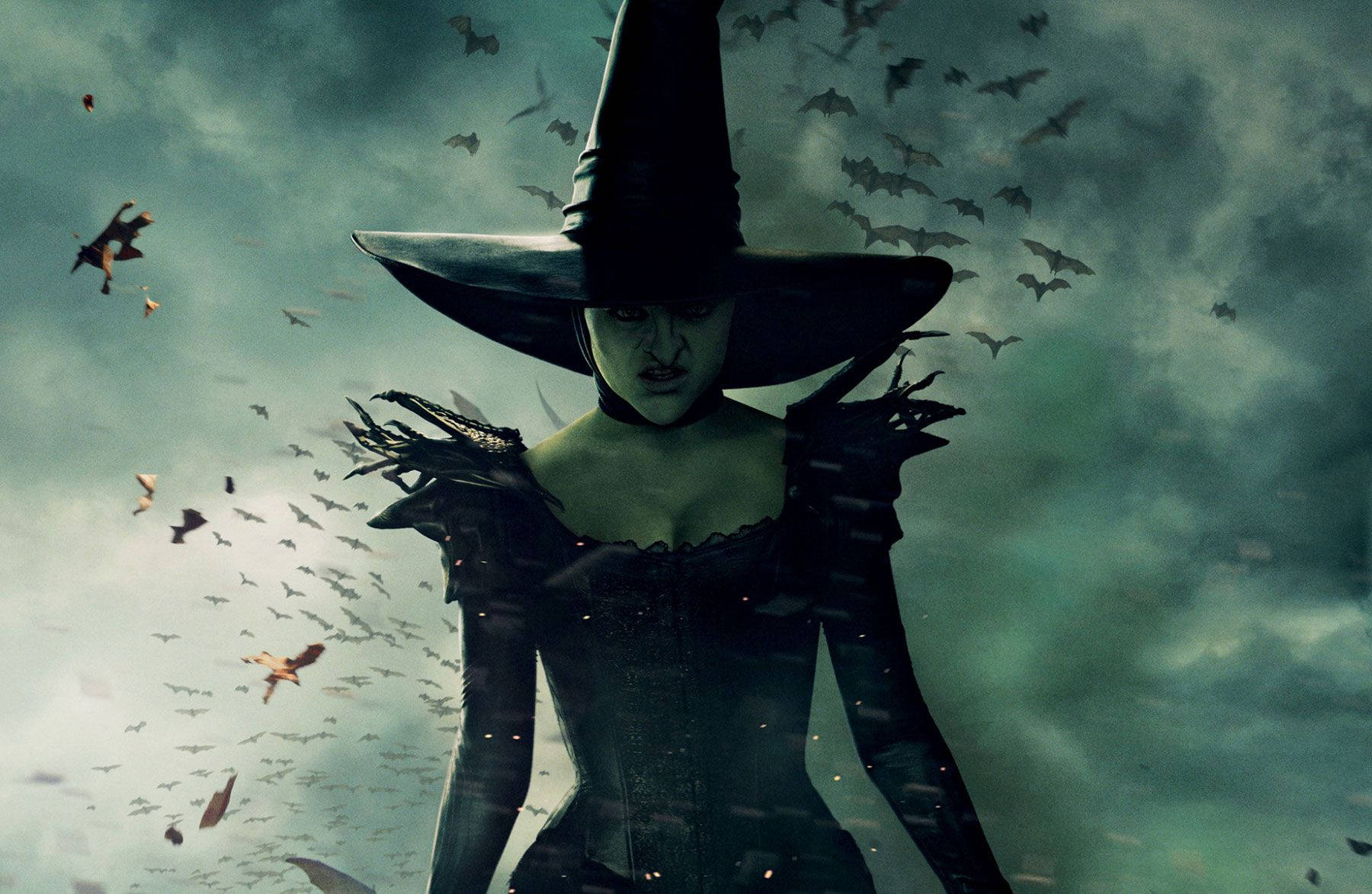
FAQ About Magic in the Middle Ages
Magic in the Middle Ages
2 years ago | gizem
Were there distinctions between "white" and "black" magic?
Yes, during the Middle Ages, there were distinctions made between "white" and "black" magic, reflecting the perceived moral or ethical intentions behind the magical practices. These terms were used to categorize magical practices based on their perceived benevolent or malevolent nature. Here's what each term typically referred to:
White Magic:
- Also known as benevolent magic, natural magic, or theurgy.
- White magic was considered to be "good" or "positive" magic that aimed to benefit others or the practitioner without causing harm.
- It often involved practices like healing the sick, blessing crops, protection from evil spirits, and seeking spiritual enlightenment.
- White magic was generally associated with acts that were in harmony with the divine or in accordance with the will of God.
Black Magic:
- Also known as malevolent magic or sorcery.
- Black magic was considered to be "evil" or "negative" magic that sought to cause harm, misfortune, or destruction to others.
- It included practices like curses, hexes, harmful spells, and attempts to control or manipulate others against their will.
- Black magic was often associated with deals with demonic forces or invoking malevolent spirits.
